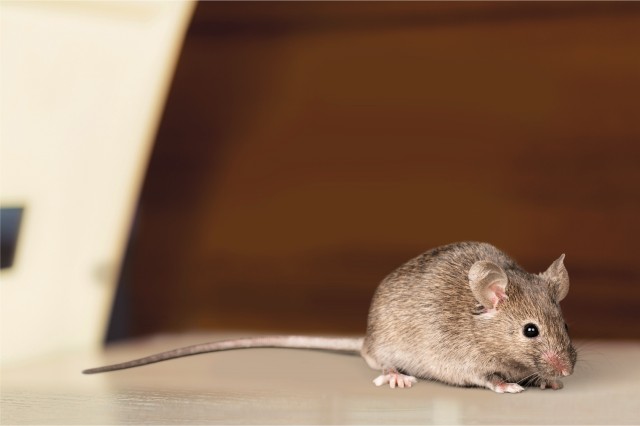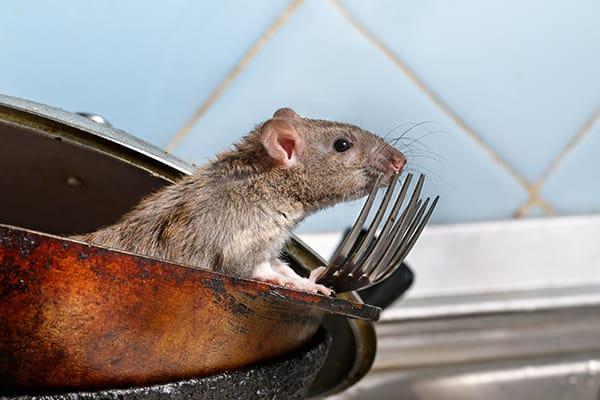AI Pest Control for Cafeterias: A Cleaner Future Awaits
Share
In today's technological age, maintaining hygiene standards in cafeteria settings is paramount. Among the multiple tools that are emerging to keep these spaces free of pests, AI pest control for cafeterias stands out as a revolutionary approach. In environments bustling with daily activity and ever-vulnerable to pest invasions, this innovative solution promises an efficient, intelligent, and sustainable way to keep nuisances at bay.

How Does AI Pest Control Work?
The typical challenge with traditional pest control is its reactive natureproblems are only addressed after evidence of pests is seen. In contrast, AI pest control proactively monitors environments using advanced sensors and algorithms. These tools use data to identify potential pest threats before they become visible issues, ensuring cafeterias remain safe and pest-free.
The Need for Innovation in Cafeterias
Given that cafeterias are spaces where food safety is of utmost importance, pest presence can't be tolerated. Pests can carry diseases, contaminate food supplies, and disrupt operations. Traditional methods like traps and chemical treatments aren't always effective and might pose risks to diners' health. With AI-driven solutions, cafeteria managers can be assured of an enhanced level of cleanliness and safety.
Benefits of AI-Driven Pest Control
The primary advantage of utilizing AI in pest control is its predictive capability. By learning and adapting, AI systems can determine the likelihood of pest intrusions and suggest preventive measures. This not only helps in reducing the number of pests but also minimizes the need for harmful pesticides.
Moreover, AI systems can be cost-effective in the long run. Cutting down on the need for frequent chemical treatments, the results are both cost-efficient and eco-friendly. Coupled with nimble and rapid responses to developing issues, these systems ensure uninterrupted operations.
Embracing Technology in Food Spaces
For instance, cafeterias can look to tech mouse trap alerts to showcase how new diagnostic tools are changing how pests are managed. Such innovations highlight the importance of real-time monitoring.
Additionally, adopting smart strategies like pest control for restaurants can demonstrate how food businesses are blending technology and tradition to create pest-free zones.
Practical Implementations in Cafeterias
Think of a bustling university cafeteria. With thousands of meals served daily, the threat of pests is constant. By installing cameras and sensors in strategic locations and integrating these with AI systems, cafeterias can have eyes that are always watching and ears that always listen for abnormalities. But this doesn't end with detection. Real-time analytics from AI tools can offer actionable insights, such as specific times when pest activity peaks and areas most affected.
The Wider Impact
Investing in AI pest control isn't just an investment in todayit's a decision for tomorrow. With environmental sustainability at the forefront of global discussions, AI-driven solutions symbolize a shift towards cleaner, greener practices. It's not only about eliminating pests but ensuring that our methods don't harm the environment.
For a comprehensive strategy, facilities can integrate eco-friendly tools like glue traps and combine them with real-time data to optimize pest control.
Challenges and Considerations
No technology is without its challenges. Implementation can be costly initially, and staff may require training to operate new systems. Moreover, initially, there might be some resistance from stakeholders wary of entrusting technology with critical decisions.
However, by making technology adoption a collaborative effort, involving everyone from the ground staff to management, and showcasing successful case studies, these challenges can be overcome. A stronger, united effort will ensure successful adoption.
To learn more about the latest practices in warehouse pest control, you can explore solutions other industries are applying effectively.

FAQs
How cost-effective is AI pest control?
Initial installation might be pricier compared to traditional methods, but over time, AI solutions reduce costs associated with repeated treatments and loss due to pest-related damages.
Is AI pest control safe for food environments?
Absolutely. AI pest control minimizes the need for chemicals, ensuring that treatments are safer for both food and diners.
Can AI systems detect all types of pests?
While most are adept at identifying common pests like rodents and insects, continuous updates and improvements to AI systems ensure they become more sophisticated over time.
This article contains affiliate links. We may earn a commission at no extra cost to you.
